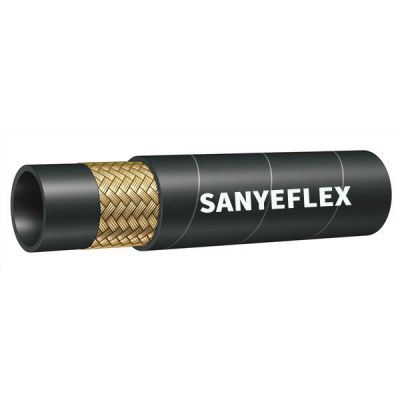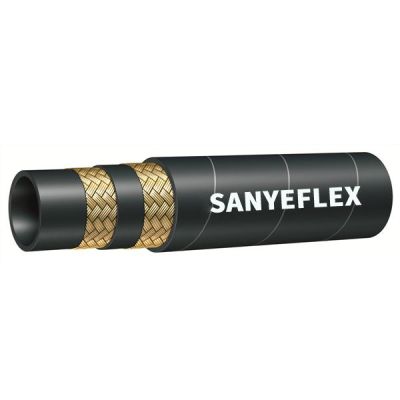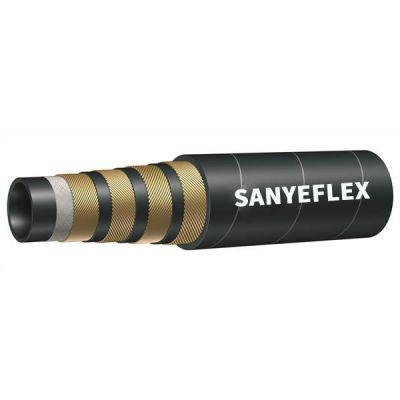05. 18, 2023
Hydraulic hoses are prone to certain defects that can compromise their performance and jeopardize the safety of hydraulic systems. Understanding these common defects is crucial for timely detection, prevention, and maintenance. In this article, we will explore the most prevalent issues that can occur in hydraulic hoses, providing insights into identifying and preventing these defects.
One of the most common defects in hydraulic hoses is abrasion and wear. Hoses can rub against other components or surfaces, leading to damage over time. This defect is often caused by incorrect routing, improper installation, or inadequate protection measures. Signs of abrasion include flattened or exposed reinforcement layers, fraying or thinning of the outer cover, and leakage. Regular visual inspections, proper hose routing with clamps or guards, and selecting hoses with higher abrasion resistance can help prevent this issue.
Leakage is a significant defect that compromises the integrity of hydraulic hoses. It can occur due to various factors such as damaged fittings, loose connections, degraded seals, or punctures in the hose. Leaks not only result in fluid loss but also lead to decreased system efficiency and potential safety hazards. Regular inspections, tightening fittings, replacing damaged seals, and promptly repairing or replacing leaking hoses are essential preventive measures. Using proper torque values during installation and avoiding over-tightening is critical to preventing leakage.
Bursting and blowouts can be catastrophic and are typically caused by excessive pressure or aging of the hose. Overloading a hose beyond its recommended pressure rating can cause it to burst, resulting in high-velocity fluid discharge. Additionally, hoses that have exceeded their service life may become brittle and prone to failure. Regular inspections, adhering to pressure rating guidelines, and replacing hoses at recommended intervals can mitigate the risk of bursting or blowouts. Employing pressure relief valves and protective shields further enhance safety.
Extreme temperatures and exposure to chemicals can adversely affect hydraulic hoses. High temperatures can cause the hose to degrade, leading to reduced flexibility and increased vulnerability to abrasion or bursting. Chemicals such as oils, solvents, or corrosive substances can deteriorate the hose material, compromising its strength and integrity. Selecting hoses designed to withstand high temperatures and chemical exposure, implementing proper insulation and shielding measures, and regular inspection for signs of degradation or chemical damage are essential preventive measures.
Being aware of the common defects in hydraulic hoses is vital for their proper maintenance and safe operation. Abrasion and wear, leakage, bursting, and blowouts, as well as the impacts of high temperatures and chemicals, are among the most prevalent issues. By conducting regular inspections, employing preventive measures, and adhering to recommended pressure ratings and replacement intervals, industries can enhance the longevity and safety of hydraulic hoses, ensuring efficient performance and minimizing the risk of system failures. We are a hydraulic hose supplier. If you are interested in our products, please contact us now!
شركاء
رقم الهاتف: +86 400 0318 111
البريد الإلكتروني: admin@sanyeflex.com
العنوان: رقم 218 ، شارع تشونغكي ، منطقة التكنولوجيا العالية ، مدينة هنغشوي ، مقاطعة خبي


